Category: Theory
-
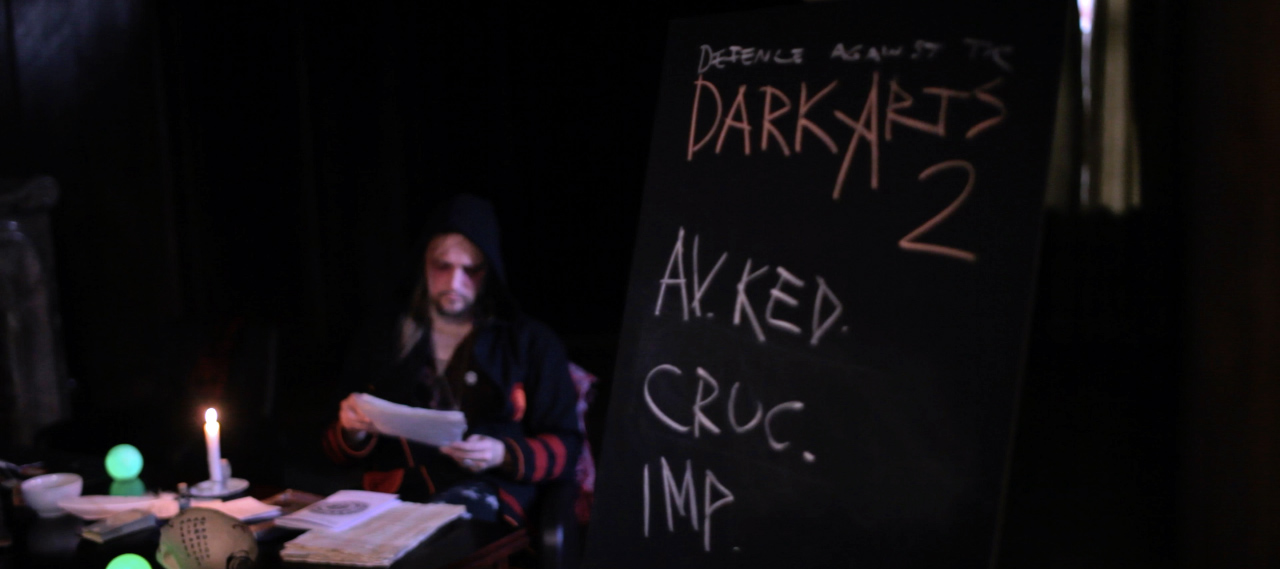
Steering for Immersion in Five Nordic Larps – A New Understanding of Eläytyminen
in
The concept of character immersion has been a cornerstone of Nordic larp discussion for fifteen years. I was surprised by how much the concept of steering introduced last year brought to my understanding of character immersion (“eläytyminen”). In this essay I look at five specific experiences with steering towards immersion, some successful, some not. More
-

Painting Larp – Using Art Terms for Clarity
in
When I design scenarios, I try to use the terminology from the Nordic larp discourse. But many of thes styles “available” confuse me and my players instead of clarifying what the larps are actually about. One of the problems is that many styles are defined by what they are not, instead of what they are.
-
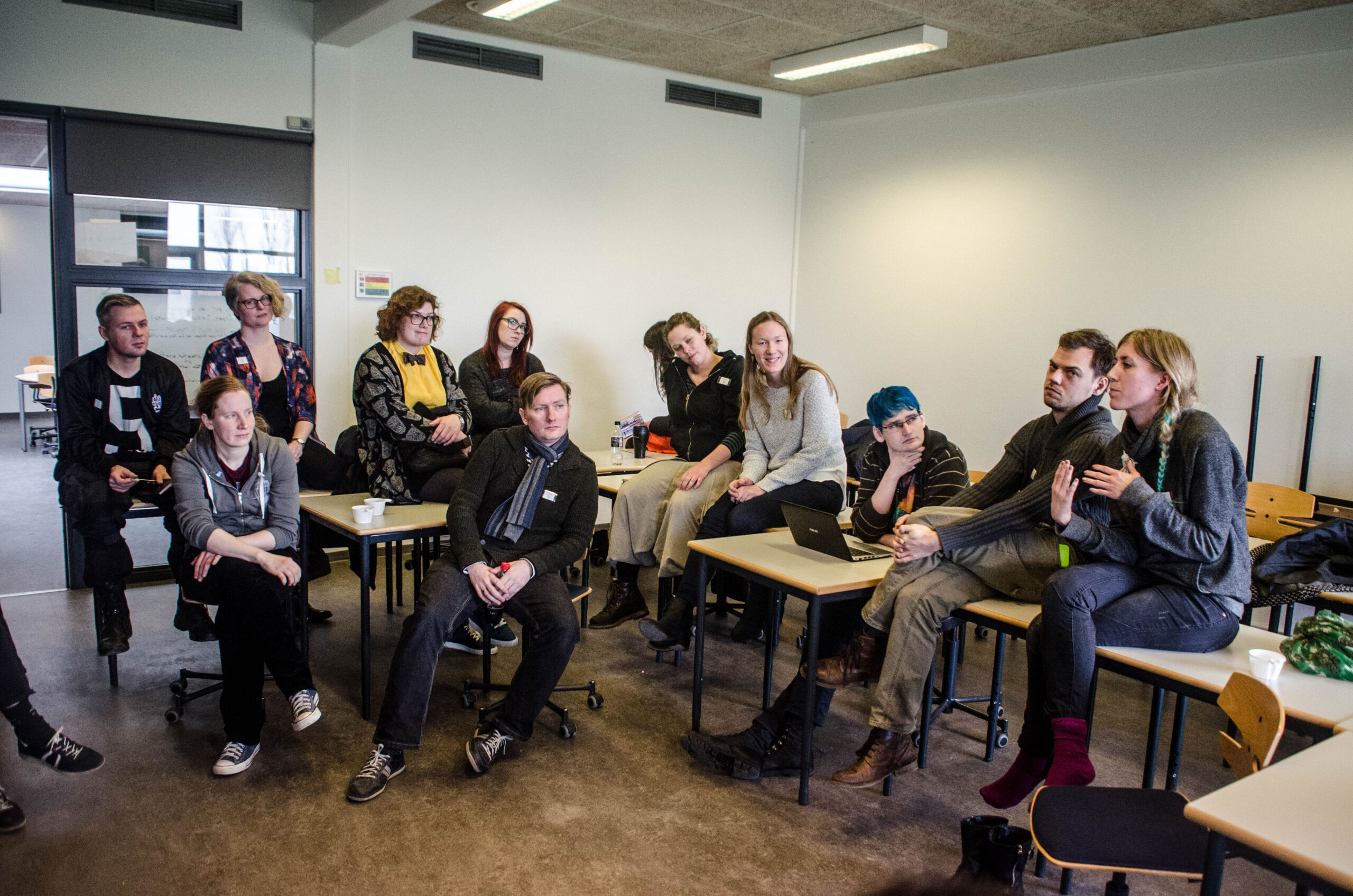
Now That We’ve Walked the Walk – Some New Additions to the Larp Vocabulary
in
Larp is traditionally participatory in nature. Fortunately, there’s been a great introspective and analytical tradition accompanying the continuing push against the ever moving boundaries of what’s possible and what’s been attempted. Yet it seems that our vocabulary has not grown at the same rate as the art form itself. This article will attempt to cover
-
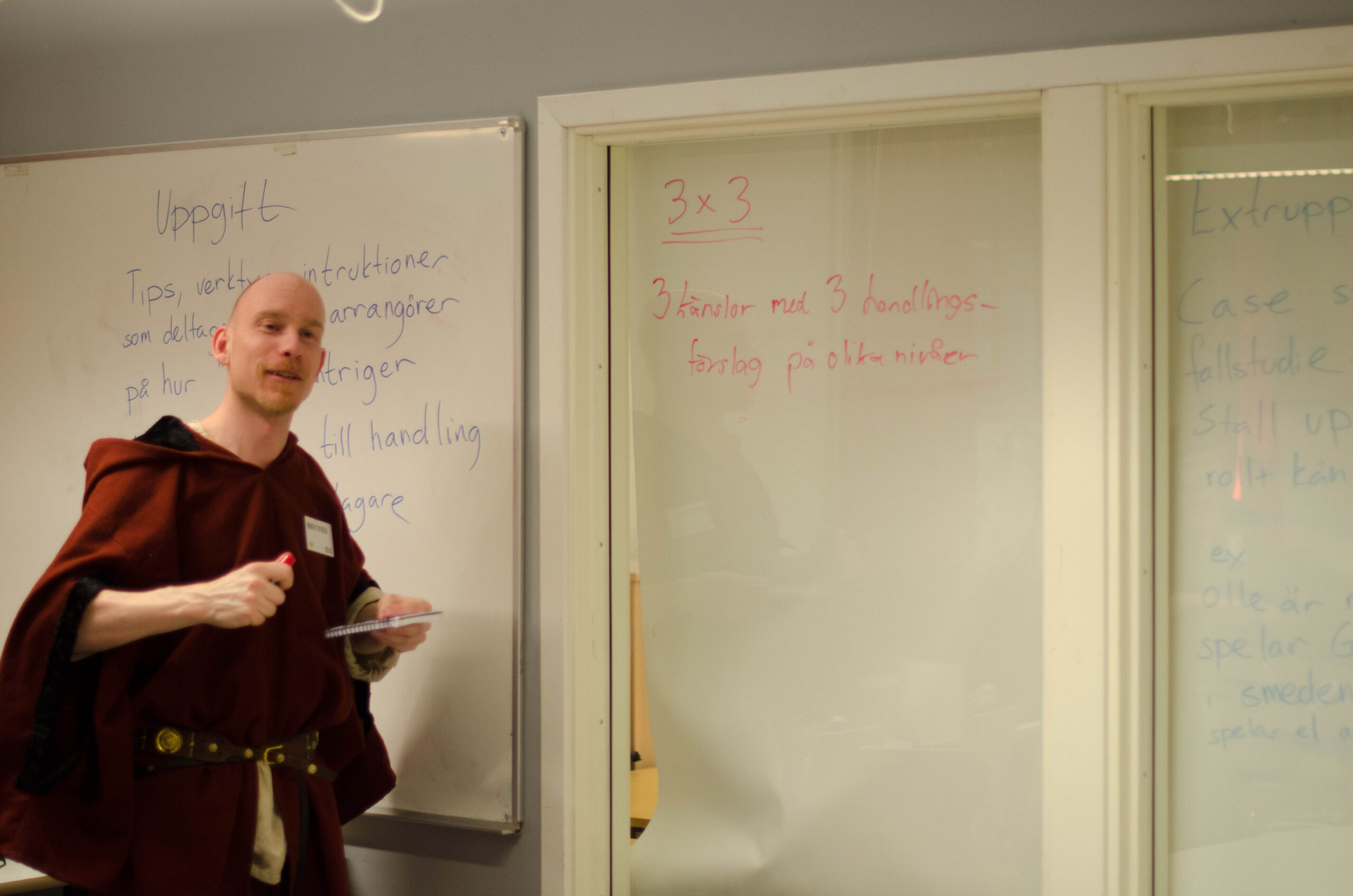
Learning by Playing – Larp As a Teaching Method
in
Tell me, and I will forget.Show me and I may remember.Involve me, and I will understand. Confucius The next generation of teachers will be expected to possess a broad spectrum of competencies and skills. They are faced with a seemingly impossible task: today, classroom instruction should teach not only content but also competence. It should
-
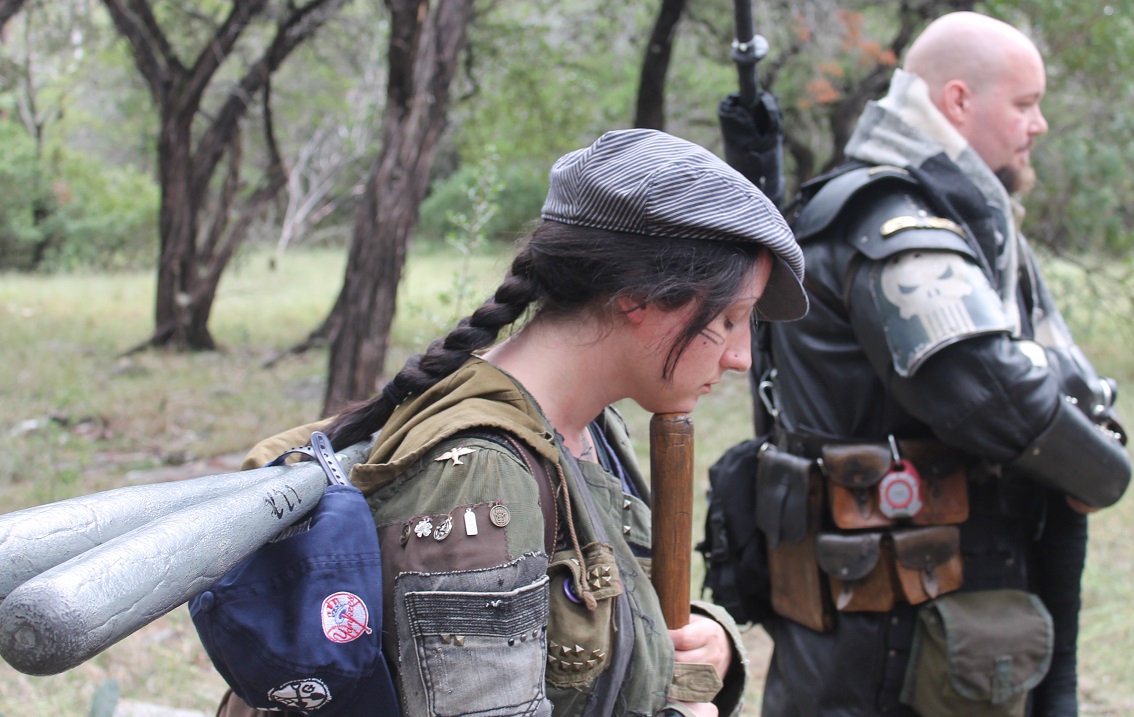
Bleed: The Spillover Between Player and Character
in
Participants often engage in role-playing in order to step inside the shoes of another person in a fictional reality that they consider “consequence-free.” However, role-players sometimes experience moments where their real life feelings, thoughts, relationships, and physical states spill over into their characters’ and vice versa. In role-playing studies, we call this phenomenon bleed.((Markus Montola,
-

Ingame or Offgame? Towards a Typology of Frame Switching Between In-character and Out-of-character
in
For the Moscow and St. Petersburg larp communities, continuous immersion into the game and into the character seems to be the central point of the larp process. Larp rules proclaim continuity of game, and players generally disapprove one’s going out of the character while playing. This attitude is, however, more declarative than a reflection of
-
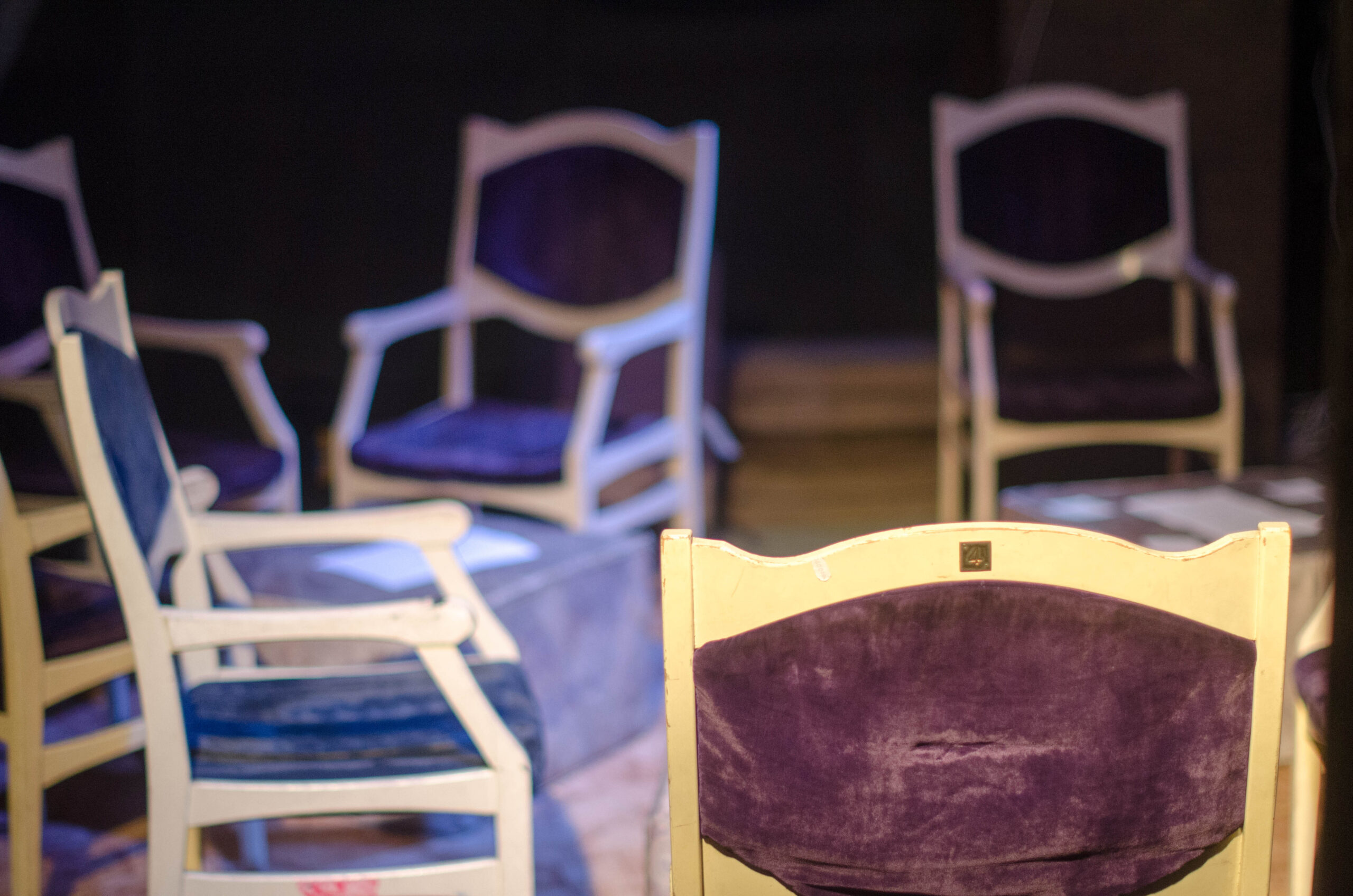
Six Levels of Substitution
in
The Behaviour Substitution Model You are gliding over the parquet, in a constant battle over who’s in charge. You lock eyes and tighten your grip pulling your partner just a bit closer. Your posture and precise footwork radiate confidence. Other players are holding their breath to see which one gives up the battle first. Actually,
-
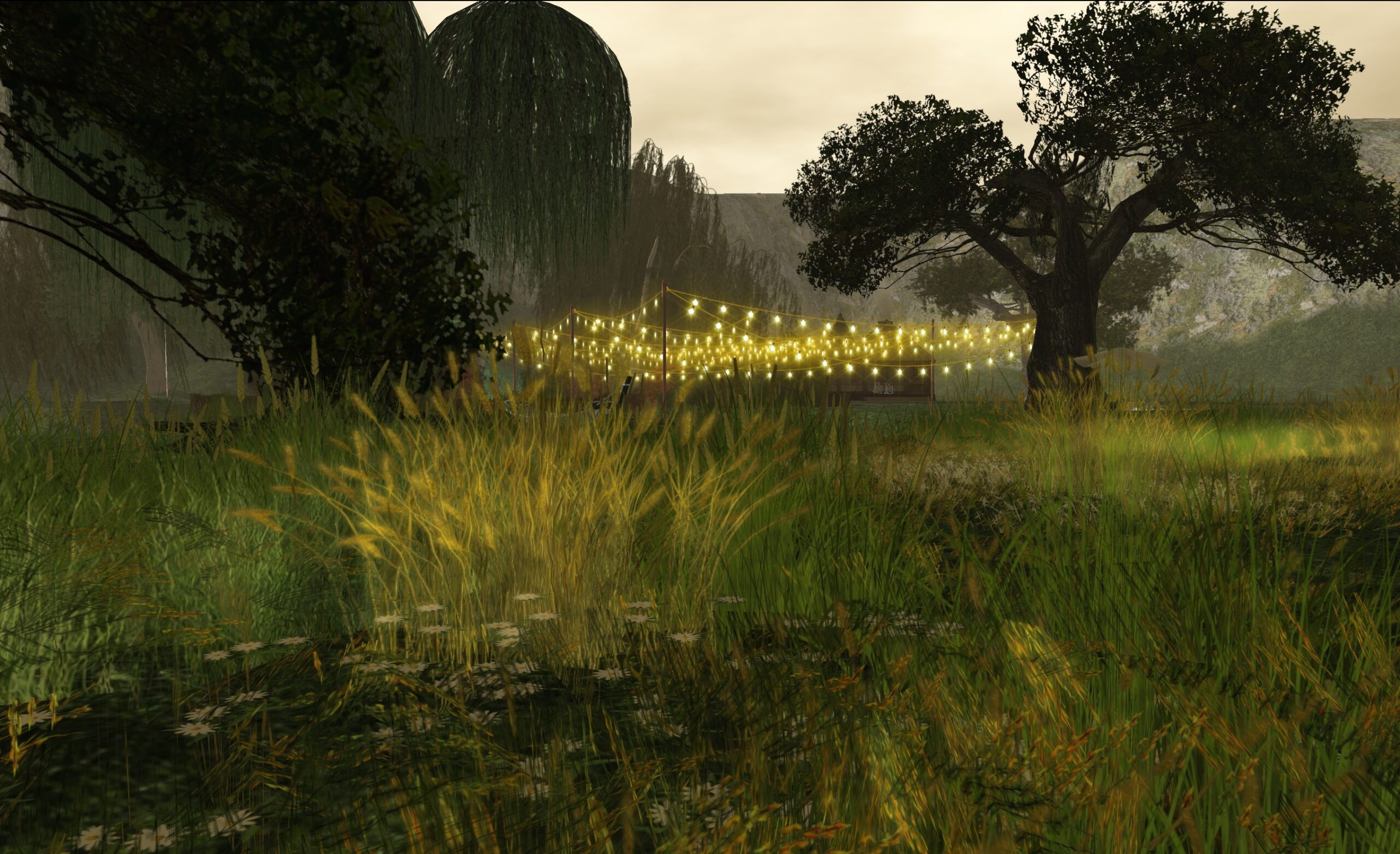
Post-larp Depression
in
Larp occupies a unique place among analog games, for it demands as much from players’ bodies as it does from their minds. It comes then as no surprise that many players find themselves in the situation of feeling confused, exhausted, and emotionally raw after a larp event.
-

Returning to the Real World
in
Debriefing After Role-playing Games Debriefing is a somewhat controversial topic in role-playing communities today. While some individuals feel that games should remain distinct from the mundane world and debriefing is an unnecessary complication, many role-players have grown concerned about difficulties in the process of transitioning between intense game experiences back to mundane life. As part